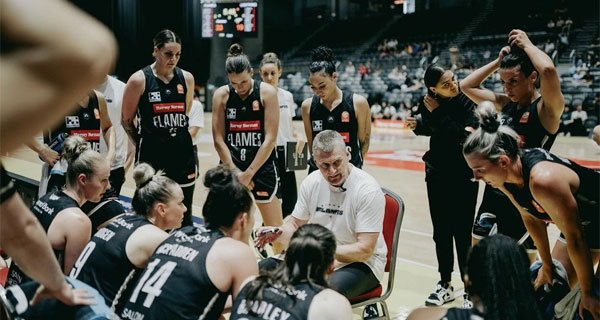
Hi Kiera, in 50 words or less, introduce yourself:
My name is Kiera Rowe, I am a physiotherapist who has a love for sport and physical activity. I grew up playing a range of sports and I continue to play basketball in the NBL1. I love to help athletes return from injury and reach their full potential.
Can you tell us about your basketball journey in the WNBL and how this has shaped your future as a physiotherapist?
I have played professional basketball in the WNBL for the past 7 years for the Dandenong Rangers, Southside Flyers and Sydney Flames. Prior to this I also represented Australia at the U17 and U19 World Championships, and represented Vic Metro at 6 National Championships.
These experiences have given me a first hand perspective on the physical and mental demands that athletes face, shaping my approach in physiotherapy.
What experiences can you take from the team environment that impact the way you approach treatment and rehabilitation for athletes in the private sector?
Playing professional basketball and being immersed in many high-performance environments has enhanced my ability to work together with athletes to develop tailored treatment plans that suit their specific goals and needs.
This allows me to really connect with athletes, helping them return to sport feeling strong and confident.
How can an athlete differentiate between pain and general soreness?
There are some key characteristics that can help tell the difference between pain and general soreness.
Soreness is typically a dull aching feeling in the muscles that comes on 24-48 hours after a workout or physical activity. This is called DOMS (Delayed Onset Muscle Soreness). DOMS tends to warm up and improve with movement and fades after a few days.
Pain is usually a sharper more localised sensation that you can point to with one finger. It can be present at rest and/or get worse with certain movements. Pain may limit your ability to move or function and is often associated with a specific moment/injury.
Knowing the difference between pain and discomfort can help when deciding if you need to see a healthcare professional.
When would you suggest an athlete needs to see a Physiotherapist?
It is good time to see a Physiotherapist if you have:
- A new pain or a pain that lasts longer than 3-5 days
- If you have had a specific moment of injury that has caused ongoing pain
- If you have difficulty completing tasks or have limited range of motion
- If you are experiencing repeated injuries or not recovering between injuries
If you aren’t sure if you should see a physio, email info@srasportstherapy.com.au and one of our friendly team members will be happy to guide you.
What roles and responsibilities will you be taking on at SRA?
At SRA, my role as a Physiotherapist includes working in collaboration with athletes and the Strength and Conditioning team to:
- Conduct movement assessments/prevent injuries
- Develop and implement individualised rehabilitation plans for athletes recovering from injuries
- Assess and treat acute injuries
- Provide ongoing advice, education, guidance and support for athletes
What are you most excited about from your new role?
I am most excited about helping athletes who experience an injury stay as active as possible while developing a plan to support their recovery and return to full function. Being able to guide them through the rehabilitation process, ensuring they don’t lose progress while promoting healing, is incredibly rewarding. I’m passionate about helping athletes regain confidence in their bodies and return to their sport stronger than before.
How can you be contacted to book an appointment?
To book an appointment, please do so via the following link
If you have any questions reach out via the details below:
Phone: 0455 377 199
Email: info@srasportstherapy.com.au

